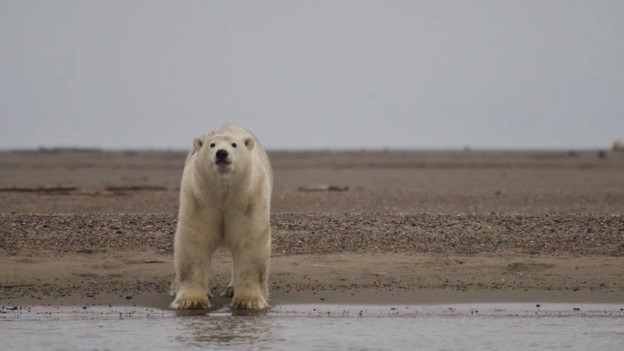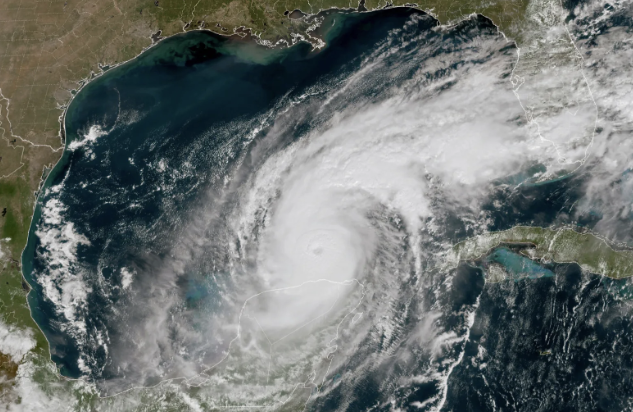On March 13, following months of strong lobbying and concerns that ConocoPhillips’ Willow Project would undercut US efforts to phase out fossil fuels globally, the Biden administration authorized one of the largest oil operations worth a whopping $8 billion. Possibly producing up to 600 million barrels of oil (80,000 barrels of oil a day) from a network of around 219 oil wells, the willow project site is estimated to be 202 hectares, roughly the size of 377 football fields. Situated on Alaska’s North Slope in the federally controlled National Petroleum Reserve (9.3 million hectares, about 48 kilometers from the Arctic Ocean), home to several polar bears, migratory birds, and more than 80,000 caribou that locals depend on for subsistence fishing and hunting, the Willow project is the next big environmental crisis.
Supporters of the willow project argue that the project could create up to 2,500 construction employment and 300 long-term jobs altogether. This does not include the 17 billion dollars in revenue generated for Alaska’s federal, state, and municipal governments. “After years of consistent, determined advocacy for this project, from people all across the state and from every walk of life, the Willow Project is finally moving forward,” said Rep. Mary Peltola, a Democrat and the first Alaska Native in the U.S. Congress.
Nonetheless, the majority of the public is justifiably fiercely opposed to the Willow project’s execution. The Biden administration concedes that, if finished, Willow will contribute 9.2 million metric tons of carbon emissions to the environment each year, approximately comparable to the pollution produced by two million gas-powered automobiles. Figures like these have prompted Christy Goldfuss, the NRDC’s principal policy impact officer, to call the move “green-lighting a carbon bomb.”
In addition to the environmental destruction, Willow’s development would require the construction of hundreds of miles of roads, pipelines, and other infrastructure that would affect the NPR-A’s existing near-pristine ecology. According to some conservationists, the project might destroy 532 acres of wetlands, 619 acres of polar bear habitat disruption, and more than 17,000 acres of bird habitat disturbance.
In fact, the United Nations Intergovernmental Panel on Climate Change (IPCC) issued a new report just a week after the Willow project was approved. Noting that once reached, the 1.5-degree threshold will trigger a chain reaction of terrible impacts, including rising sea levels and intense heat waves, which might result in millions of fatalities globally by the end of the century. According to the IPCC writers, the only way to avoid the worst-case scenario is for the world’s governments to cease using fossil fuels, which are responsible for more than three-quarters of the carbon emissions that are driving global temperatures upward.
So, what does all of this mean?
The adoption of the Willow project in the face of serious environmental concerns constitutes a fundamental problem not just for the United States, but also for the entire world. Domestically, it is a policy decision that might have long-term ramifications for the environment and public health. The Biden administration’s choice to approve a project with such high carbon emission potential runs counter to the administration’s wider climate aims and promises to reduce greenhouse gas emissions. This calls into doubt the administration’s ability to combine economic interests with environmental duties, as well as its ability to guide the country toward a more sustainable future.
On a global front, the Willow project’s acceptance exemplifies the persistent problems in tackling climate change on a global basis. The United Nations warning against breaking climate promises and the urgent need to transition away from fossil fuels serves as a reminder that the world is in the midst of a climate catastrophe with far-reaching consequences. The approval of the project highlights the conflict between economic development and environmental preservation, emphasizing the need for more concentrated and coordinated efforts across nations to promote sustainable practices and prevent the disastrous effects of climate change. The Willow initiative serves as a sharp reminder of the decisions and trade-offs that nations must make to achieve environmental sustainability, as well as the need for global collaboration in ensuring a living and sustainable future for all.
Ultimately, the environmental impact of the Willow project is not limited to the United States. Because of the interrelated structure of the global climate system, a rise in carbon emissions may contribute to climate change consequences that reach beyond the borders of the United States. This includes the possibility of more extreme weather events, changes in ecosystems, and rising sea levels, all of which can have extensive and negative repercussions on populations and ecosystems throughout the world.
Learn More at Change.org





















